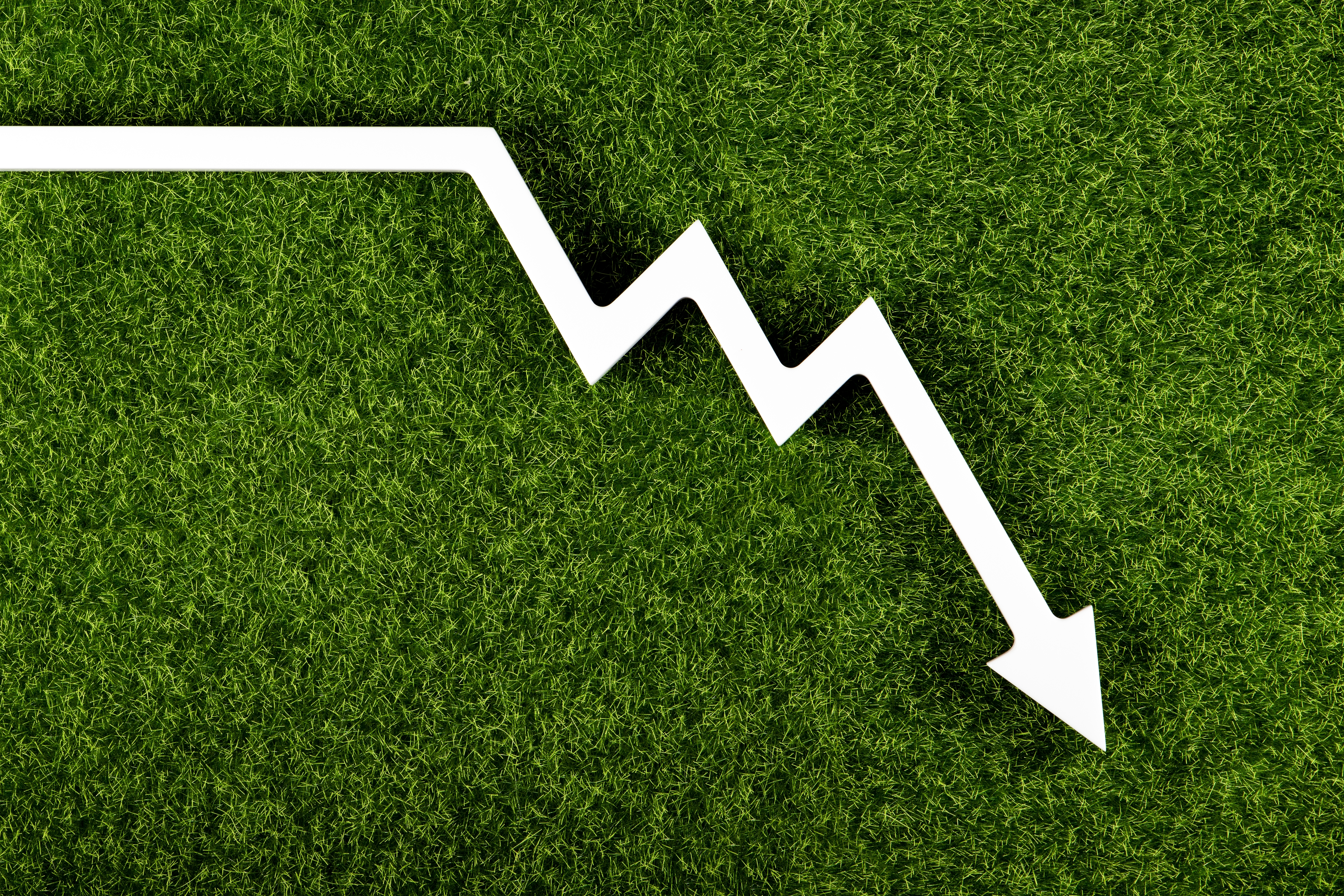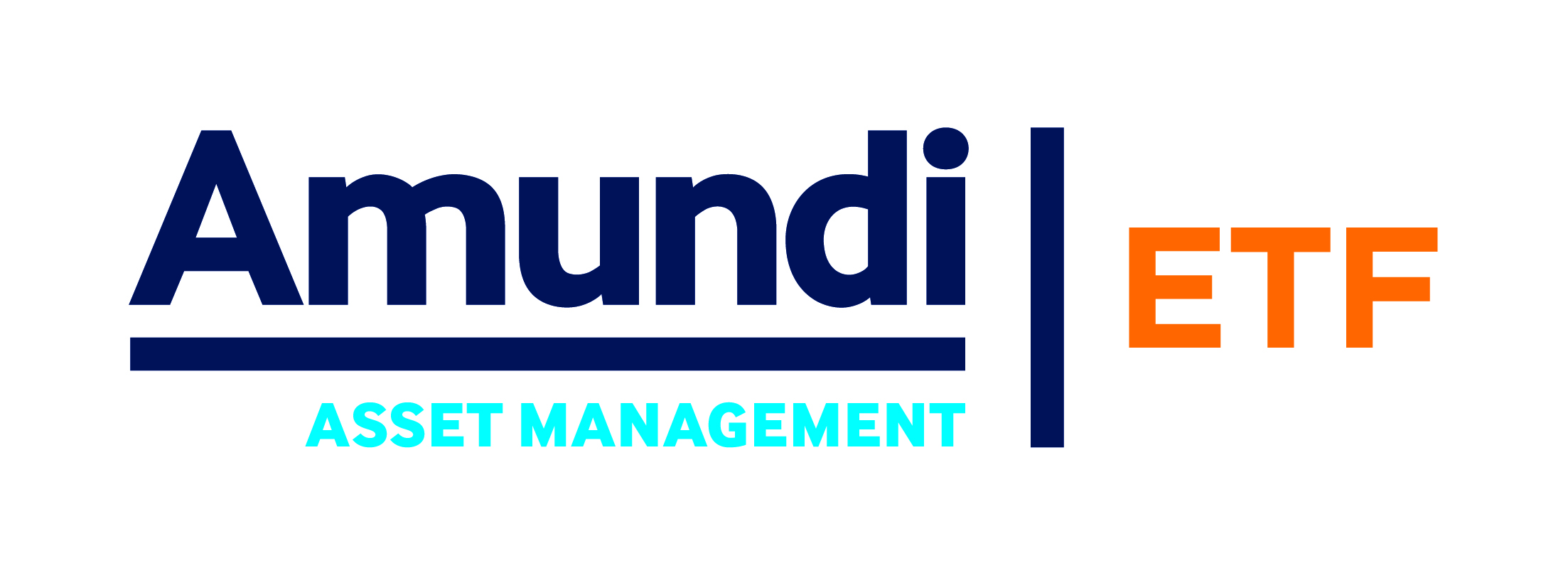Over 70% of ETFs classified as Article 9 under the Sustainable Finance Disclosure Regulation (SFDR) were downgraded to Article 8 ahead of the ‘level 2’ update on 1 January.
According to data from Bloomberg Intelligence, roughly $57bn of assets across more than 70 ETFs were reclassified from ‘dark green’ Article 9 to ‘light green’ Article 8 in Q4 2022 alone.
Asset managers in Europe rushed to downgrade their ‘dark green’ ETFs ahead of the January deadline, with most strategies unlikely to meet the 100% sustainable investment requirements outlined in the updated regulation.
Paris-Aligned Benchmarked (PAB) and Climate Transition Benchmark (CTB) ETFs – the majority of which have been labelled Article 9 by asset managers – were the most affected strategies.
BlackRock alone accounted for almost half of the downgrades, after they reclassified their €20bn PAB and CTB range as well as the €6bn iShares Global Clean Energy UCITS ETF (INRG).
Amundi followed suit, downgrading its €19bn PAB and CTB ETF range. DWS, BNP Paribas Asset Management, Invesco and HSBC Asset Management also reclassified their Article 9 ETFs.
“While about 70 Article 9 ETF strategies remain, this might leave some gaps for investors seeking the most sustainable category,” Athanasios Psarofagis, ETF analyst at Bloomberg Intelligence said.
Despite the downgrades, roughly 3% of Article 8 assets across nine ETFs were upgraded to Article 9 over the same period, Bloomberg Intelligence found.
The great rebrand
While asset managers continue to grapple with the uncertainty around SFDR, the number of ETFs rebranding, or upgrading, from non-ESG Article 6 to ‘light green’ looks set to continue.
It comes as 105 non-ESG ETFs rebranded to Article 8 ESG ETFs in the past two years.
“ESG regulations will play a key role in shaping markets and could continue to drive ETF rebranding to incorporate ESG, though the pace is likely to taper off from 2021 highs,” Psarofagis said.
“Funds are more inclined to include ESG so they won't be called out for lacking it.”
He added ETFs that have not labelled themselves ESG but use sustainable criteria will continue to grow in Europe. These products currently account for 13% of ESG assets on the continent.
Last November, ESMA launched a consultation on how asset managers should name their ESG-related funds in a bid to stamp out greenwashing.
Under the proposals, funds labelled ESG should have a sustainable investment threshold of 80% while funds labelled sustainable should have at least 50% invested sustainably.
Launches set to slow
Launches of new ESG ETFs slowed alongside rebrands last year, a trend Bloomberg Intelligence believes is set to continue with most asset managers already housing multiple ESG ETFs.
Almost 360 ESG ETFs were launched and rebranded last year, 14% down on 2021 when 418 ESG ETFs were created. The median total expense ratio (TER) remained 0.30% in 2022.
Of the ETFs launched last year, 82 were actively managed ESG ETFs, up from 70 in 2021.
“These funds allow for more flexible strategies, which could gain in importance as asset managers try to differentiate themselves in an increasingly competitive market,” Psarofagis said.
“Though new and unique strategies can support expansion, they also can be more costly and add to challenges in assessing the more diverse array of products.”
Related articles









